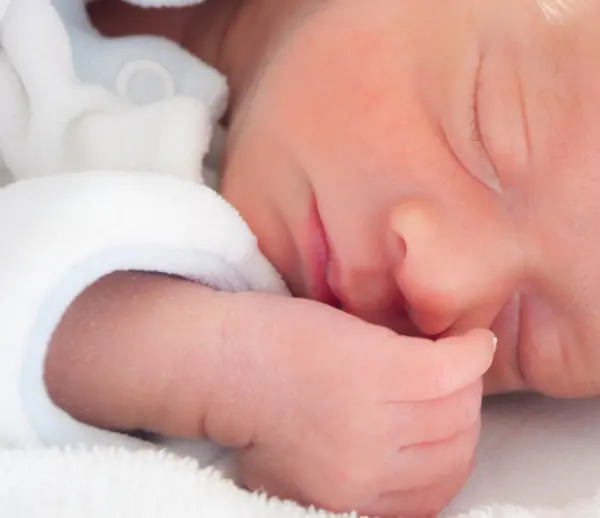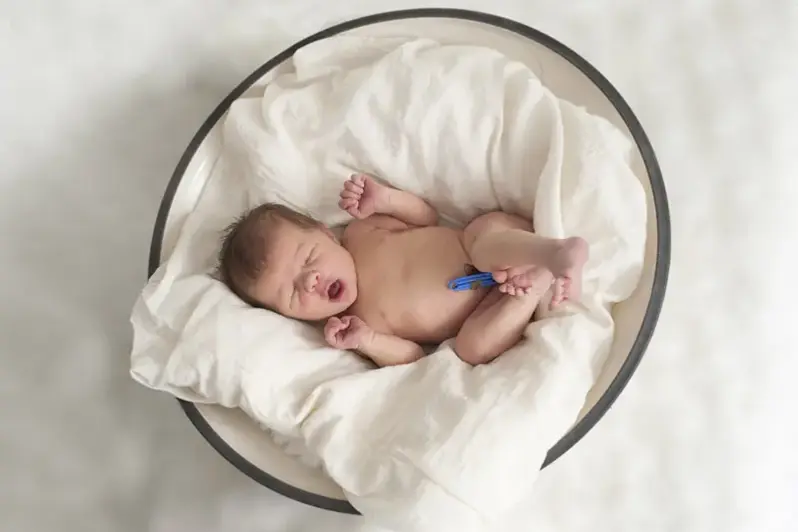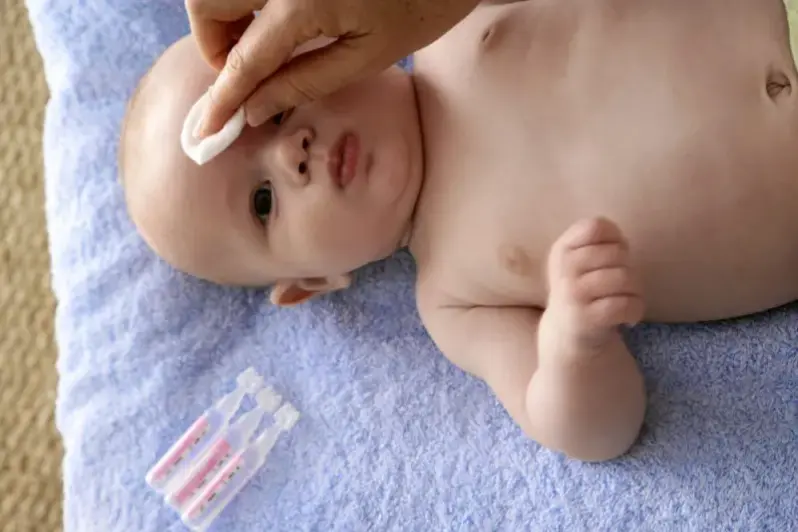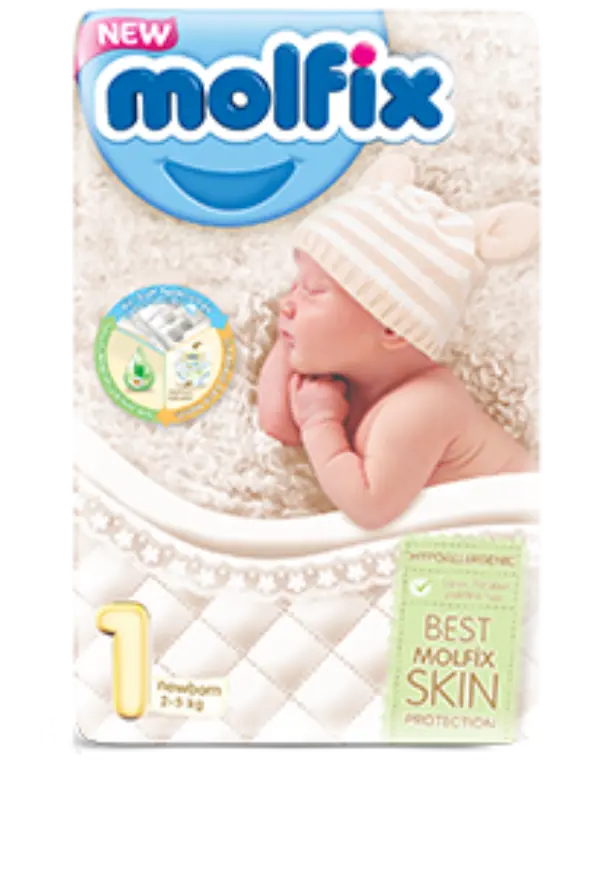.png)





When your baby is born into this/her world, he/she experiences many changes concurrently. Feeling of emptiness, (she was within a tight, closed and liquid environment in her mother’s womb) the contact of air on her skin, sound, light, breathing, hands touching her skin, and tubes inserted into her nose… These things she experiences are a major shock for her. Immediately take her into your lap and bundle her up in the first few minutes following birth, and establish eye contact with her and talk to her and start breastfeeding her. Because these first moments are very important: she knows you, you have a very strong bond between you, she knows your voice, smell, texture, and energy; so do you hers… You have given life to her in your body, and you have brought her into being by a contribution from your blood and soul…
Now is the time for you to come face to face, flesh to flesh, eye to eye and get acquainted, and your smell and voice will assure her, will help her feel that she is not in an alien place and calm her, will come eye to eye with loving eyes in this/her new world where she continues her existence and will relax in your lap, and will have the chance to meet her family and strengthen her ties.
Your baby’s head:
The baby’s cranium is of an elasticity that can adapt to the birth canal of the mother. Although the top of his/her head may look stretched due to the passage position through the birth canal, it will take its normal shape within a week or two. As the parietal bones have not yet bonded from the mid suture, and thanks to fontanels in a cartilage structure that are situated as one just over the forehead, and the other at the back (commonly called the soft spot), they ensure both adaptation to the birth canal as well as the post-natal growth of the brain and head and keep the symmetry of facial organs.
Your baby’s sense of hearing:
The sense of hearing of the baby within her mother’s womb is already developed in her fifth month. We recommend reading books and playing music to the baby. Hearing is extremely important with regards to the infant’s developing her communication, socializing and language learning skills. In Turkey, a hearing test is included among the screening tests performed for newborns. Early diagnosis has importance with regards to treatment.
The skin of your baby:
The skin of your newborn is very sensitive. Vernix, which has a fatty cheese appearance, can collect in the folds on the back and hips. Vernix, besides ensuring the skin stays moist, also increases the baby’s immunity. He/she has hair on his/her cheeks, the points of the shoulders and back. While in the mother’s womb, some of the lanugo hair on his/her skin falls off, and the rest a short while after birth. The wavy appearance of the skin (marble appearance) and the hands and feet being cold are due to the capillary vessels not being sufficiently developed. The baby’s room must at most be 24 degrees Celsius. You must check the temperature of your baby by touching his/her neck and back.
Neonatal jaundice: In the mother’s womb, the baby is in an oxygen free environment. Hemoglobin obtains oxygen from the mother’s blood and passes it quickly through the tissues. As the baby into a world with oxygen and starts to breathe and inhale oxygen, the blood from her mother’s womb is catabolized. A part of bilirubin generated from catabolism causes the yellowing of the baby. This/her is called physiological jaundice of the baby.
Bilirubin is transformed into a water-soluble structure by the liver and is ejected from the body as urine and feces. Whereas bilirubin that cannot be transformed by the liver causes yellowing as it is a paint substance. Ample breastfeeding of the baby, that is liquid and white, and blue light accelerates the disintegration of bilirubin from the tissues. When babies born in the summer time start yellowing, if they are laid down on their back and face down for a little while behind a window that has sunlight, a natural phototherapy will occur.
Circumcision in male babies:
It is normal for the foreskin on the tip of the penis not to be drawn back until the age of three, do not try to pull it back. As tightness in the foreskin causes difficulty in urinating and infection, circumcision must be performed. Male babies can be circumcised after birth prior to leaving the hospital. Having the circumcision done at the hospital one day after the birth has also become the preference of families in recent years. If the baby is not premature, and there is no jaundice or other impeding condition, it is beneficial to opt for circumcision with regards to the health of the urinary system and the psychology of the newborn.
Hip dislocation in babies:
Hip dislocation at birth is an impairment in different degrees of the femur at the hip joint nesting in the pelvic cavity (also known colloquially as hipbone). Hip dislocation at birth is encountered more commonly in baby girls. Making use of tight bundling increases the frequency of encountering hip dislocation. It is encountered on average in one in 250-300 births. Early diagnosis in newborns will facilitate treatment. Hip dislocation may be diagnosed by hand examination but is confirmed by ultrasound. According to the degree of dislocation, treatment is administered as recommended by the physician.
NEWBORN SCREENING TEST
One of the most important current developments is the newborn screening test. Screening test means that it is applied to all newborns. Although it is referred to as the heel blood test or intelligence test colloquially, this/her test is not an intelligence measurement test. This/her is due to the fact that the intelligence of babies cannot be measured in this/her phase. This/her test is of importance for the diagnosis and treatment of two metabolic diseases.
Phenylketonuria test (Guthrie Test): Phenylalanine is an amino-acid that we obtain from food, and in case the enzyme that activates this/her is not available in the newborn, it will accumulate in the brain, muscles, and bone tissues and cause the mental and physical health to deteriorate. Early diagnosis is made possible by testing two drops of blood, taken from the heel of the baby, and the baby is given a special nutritional diet. Thus the baby’s healthy development is ensured.
Hypothyroidism: The second test performed on the two drops obtained from the baby’s heel is Hypothyroidism. This/her is an important screening test performed to prevent intelligence and growth dysfunctions.
Tags: Delivery



0800-65656 - Hayat Kimya Pakistan Pvt. Ltd.
Office #4,5,7 & 11, 1st Floor, Parklane Tower, 172 Tufail Road, Cantt. Lahore

